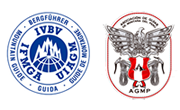ITINERARY
Day 1. Huaraz – Pashpa Village – Base Camp (4350m)After breakfast at your Hotel, we will ride to the town of Pashpa for 2 hours approximately (by private transport). Here we meet up the arrieros with the donkeys to start trekking to the Base Camp. It takes 5 hours approximately. (There is a hut in this place with all the comforts if we want to use it).
Day 2. Base Camp – Moraine Camp (4900m)
After breakfast we continue our ascent along a rocky path where we have panoramic views of mountains such as Palcaraju and Ranrapalca. The estimated time to the moraine camp is about 4 hours. Here we will set up our tents and rest for the next day summit attempt. The ascension is done with the help of the Porters.
Day 3. Moraine Camp – Summit – Base Camp
After getting up around midnight we continue our ascent towards the summit for 7 hours approximately. After taking beautiful photos on the summit we will descend to the High Camp, then to the Base Camp.
Day 4. Base Camp – Pashpa - Huaraz.
Return to Huaraz
WHAT´S INCLUDED?
Included- Briefing
- IFMGA certified Mountain Guide
- Cook
- Porters
- Donkey driver
- Donkeys
- Personal tent
- Tents: Kitchen tent and dining tent
- Utensils, fuel and kitchen equipment
- Food during the expedition
- Private transport for all staff and members
- Collective technical equipment
- Basic First Aid kit
- Huascaran National Park entrance fee
- Farewell lunch or dinner
Excluded
- Airfare to and from Lima
- Transfer Lima - Huaraz - Lima
- Hotels
- Laundry
- Food and drinks in the city
- High altitude travel/Health/accidents Insurance
- Personal climbing equipment and clothing
- Other tours
REQUERIMENTS
Mastery of basic mountaineering skills are essential.Fitness and Acclimatization:
- It is essential to be in excellent health, good physical condition, and properly acclimatized to the altitude.
Insurance:
- Having suitable insurance is crucial for high altitude activities. Please ensure your policy has the appropriate level of coverage.
WHAT TO WEAR AND PACK
Clothing List- Wool/blend socks
- Underwear
- Base layer: top and bottom
- Softshell climbing pants
- Outer pants: waterproof and preferably with side zips on legs (Gore-Tex)
- T-shirt: synthetic or wool
- Mid-weight top: synthetic or wool
- Softshell jacket: this should be a windproof nylon/synthetic blend jacket
- Outer jacket: waterproof with a hood (Gore-Tex)
- Insulated jacket: synthetic or down
- Gaiters – must fit over mountain boots
- Mountaineering gloves – lightweight
- Mountaineering gloves – medium to heavyweight
- Warm Hat: that covers your ears and fits under a helmet
- Sunhat: to protect your face and neck
- Buff
Equipment List
- Mountaineering boots: suitable for above 6000m.
- Approach/trekking shoes
- 60-75 L backpack
- Duffel bag with lock
- Trekking backpack
- Harness with adjustable leg loops
- Helmet
- Technical ice tools
- Crampons
- Belay device
- Carabiners: 3 locking and 4 or more regular
- 5m x 7mm prussik cord
- 120cm sewn slings: 2
- 100% UV protection Sunglasses
- Sun cream: SPF 50 or above
- Lip balm with UV protection
- Headlamp with fresh and spare batteries
- Water bottle
- Personal first aid kit: (Band-Aid’s, ibuprofen, personal medications, etc.)
- Camera
- Trekking poles
- Sleeping bag: lightweight and rated to approximately -10ºC
- Sleeping pad: Thermarest
- Toiletry bag: include toilet paper, hand sanitizer and small towel
- Stuff sacks
- Personal solar charging system


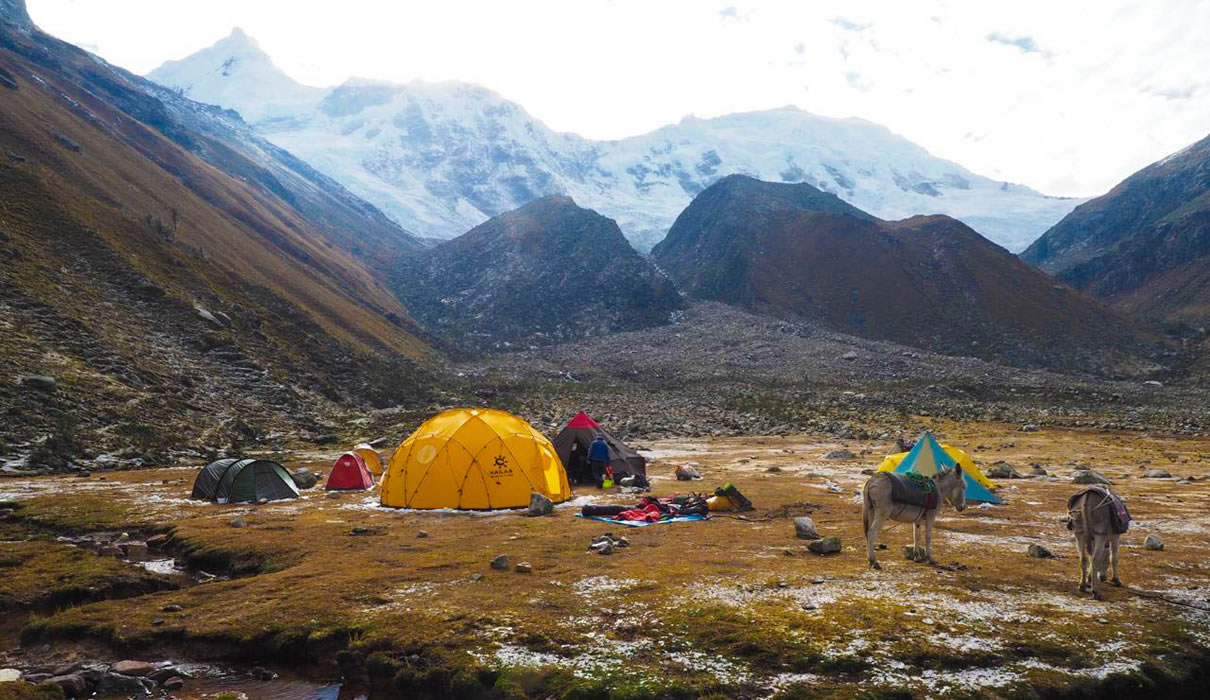
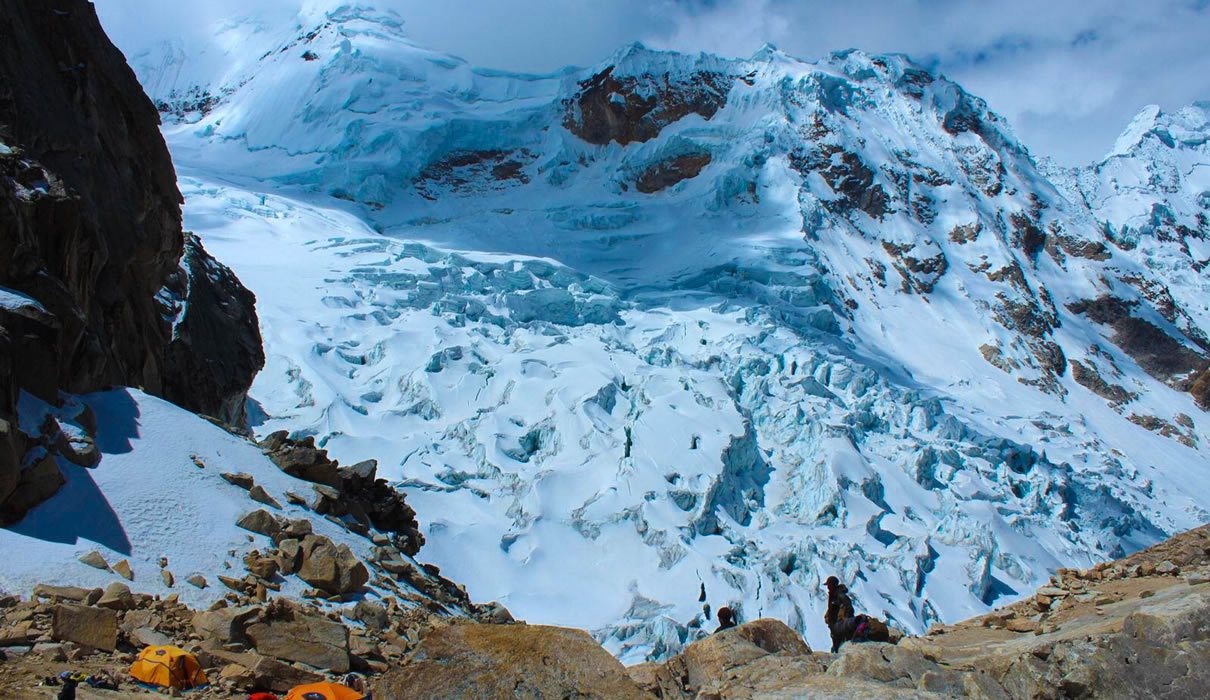
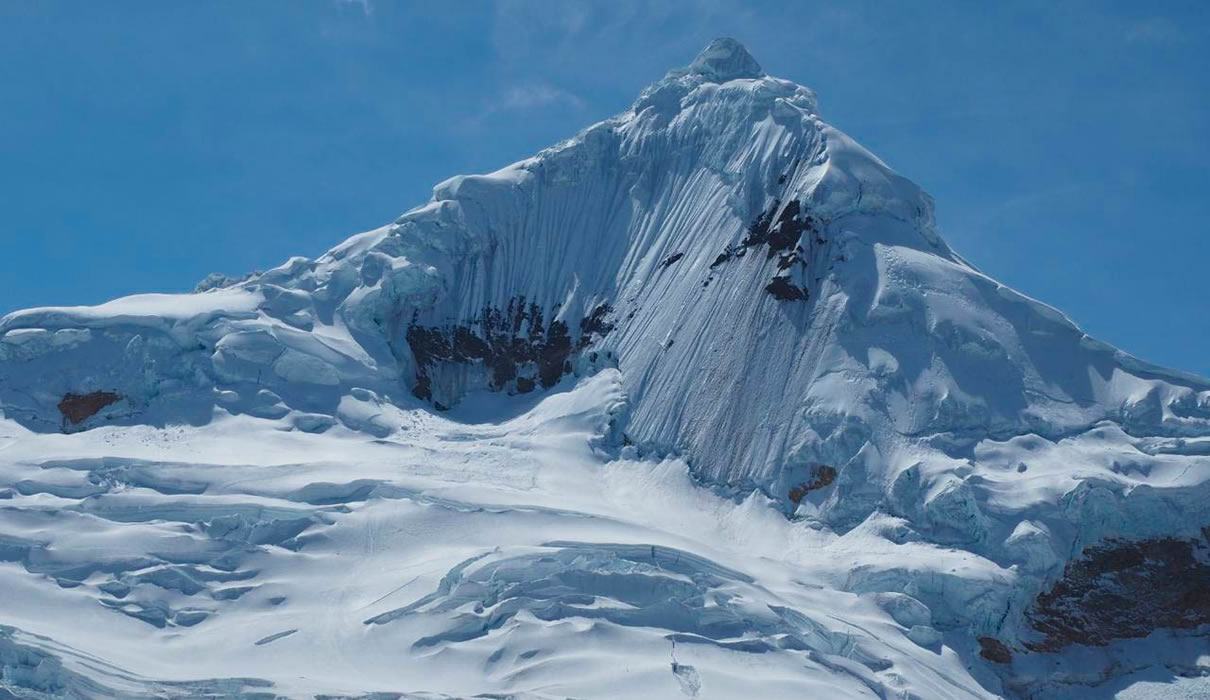






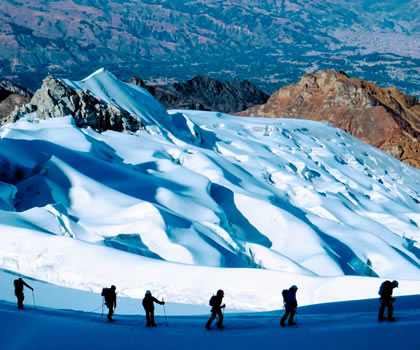

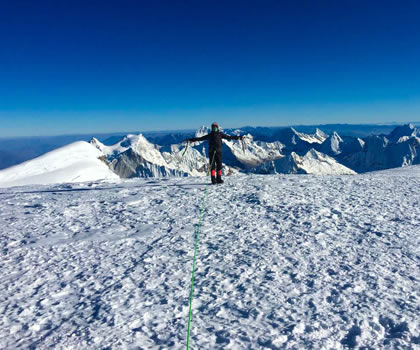
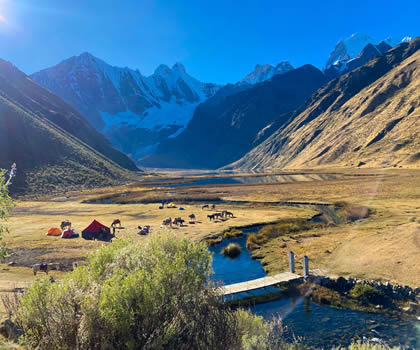
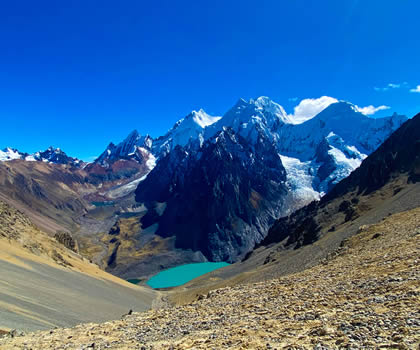
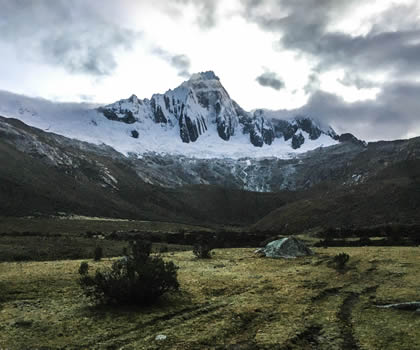
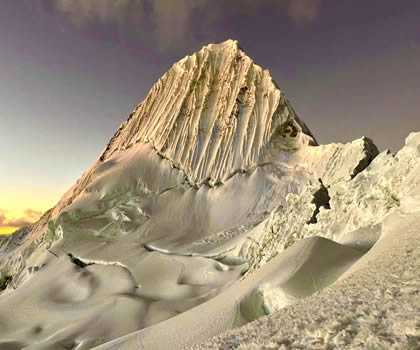

 Call Now
Call Now Whatsaap +51 943910487
Whatsaap +51 943910487




